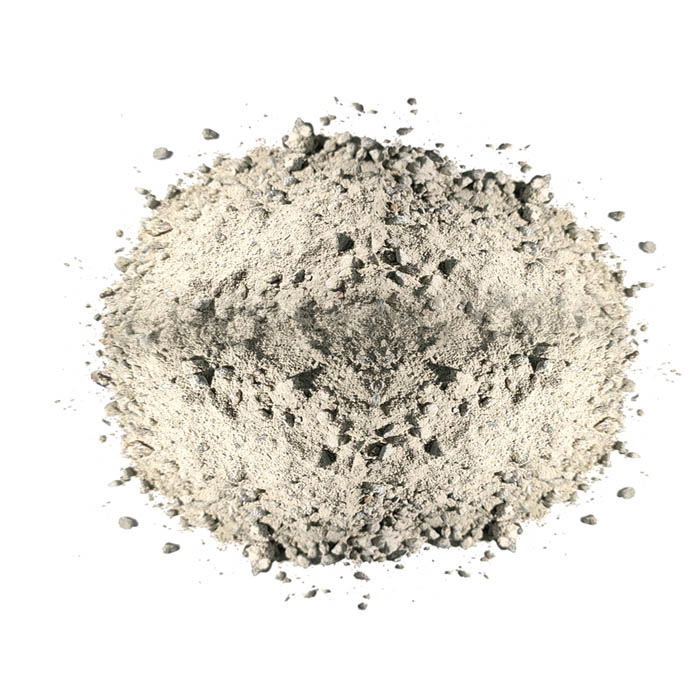Oct . 10, 2024 02:51 Back to list
natural sound absorbing materials
Natural Sound Absorbing Materials A Sustainable Solution for Acoustic Comfort
In an increasingly noisy world, the quest for tranquility has led us to explore various avenues for sound control. Among these avenues, natural sound absorbing materials have emerged as a sustainable and effective solution for enhancing acoustic comfort in various environments, from homes to offices and public spaces. This article delves into the significance of natural sound absorbers, their benefits, and some common materials used in this field.
Understanding Sound Absorption
Sound absorption refers to the process by which a material reduces the intensity of sound by dissipating it as energy. This is particularly important in spaces where noise pollution can disrupt communication, concentration, and overall well-being. Traditional soundproofing solutions often involve synthetic materials, which, despite their effectiveness, may pose environmental challenges. In contrast, natural sound absorbing materials provide a more sustainable approach, combining ecological benefits with functional performance.
Advantages of Natural Sound Absorbing Materials
1. Eco-Friendliness One of the most significant benefits of using natural sound absorbing materials is their lower environmental impact. Many natural materials are biodegradable and sourced from renewable resources, reducing our reliance on petroleum-based products. This aligns with the growing trend towards sustainability in architecture and interior design.
2. Health Benefits Natural materials often contribute to healthier indoor air quality. Synthetic materials can off-gas harmful chemicals, leading to indoor air pollution. In contrast, natural sound absorbers are typically free from toxic substances, making them safer for occupants and the environment.
3. Aesthetic Appeal Natural materials often possess unique textures, colors, and patterns that enhance the visual appeal of a space. Incorporating wood, jute, cork, or other natural sound absorbers can create a warm and inviting atmosphere while improving acoustics.
4. Versatility Natural sound absorbing materials can be used in various applications, from wall panels to ceiling tiles and flooring solutions. This versatility allows designers and architects to integrate them seamlessly into their projects, ensuring both functionality and aesthetic harmony.
natural sound absorbing materials

Common Natural Sound Absorbing Materials
1. Cork Cork is a highly renewable resource harvested from the bark of cork oak trees. It offers excellent sound absorption qualities due to its cellular structure, which traps sound waves. Additionally, cork is lightweight, easy to install, and resistant to moisture and mold, making it a popular choice for both residential and commercial applications.
2. Wood Different types of wood can be utilized as acoustic panels or slats, providing a combination of sound absorption and warmth. Softwoods like pine and spruce have a more considerable acoustic absorption compared to hardwoods. Additionally, wooden materials often enhance the aesthetic character of a room, bringing a natural and timeless elegance.
3. Bamboo Bamboo is not only a sustainable material but also an effective sound absorber. Its unique structure allows it to dampen sound waves effectively, making it suitable for various applications, including flooring and wall coverings. Bamboo is also highly durable, making it ideal for high-traffic areas.
4. Textiles Natural textiles such as wool, cotton, and jute can also contribute to sound absorption. These materials can be used in curtains, upholstered furniture, and acoustic panels. Wool, in particular, is known for its moisture-wicking properties and is a preferred choice in spaces requiring thermal and acoustic insulation.
5. Hemp Known for its strength and resilience, hemp can be processed into various products, including insulation and wall coverings. Hemp fibers can effectively absorb sound, and the material is celebrated for its eco-friendly properties.
Conclusion
As we strive for improved acoustic environments, the utilization of natural sound absorbing materials offers a promising solution. These materials not only provide effective sound control but also promote sustainability and well-being. With options like cork, wood, bamboo, and various natural textiles, it is possible to create beautiful and acoustically comfortable spaces while respecting our planet. As awareness of environmental issues continues to grow, embracing natural sound absorbers may become an integral part of modern design practices. By harmonizing aesthetics with functionality and sustainability, we can pave the way for a quieter, more serene future.
-
Thermal Insulation Cups Materials Exporters - Quality & Durable Supplies
NewsAug.22,2025
-
High-Purity Graphitized Petroleum Coke & Low Nitrogen Recarburiser
NewsAug.21,2025
-
High-Performance Fe-C Composite Pellets for BOF
NewsAug.19,2025
-
Tundish Dry Vibrator: Enhance Refractory Life & Casting Efficiency
NewsAug.18,2025
-
Building Material for Round Wall Exporters: Quality & Durable
NewsAug.17,2025
-
Low Nitrogen Graphitized Petroleum Coke | High Purity Recarburiser
NewsAug.16,2025
